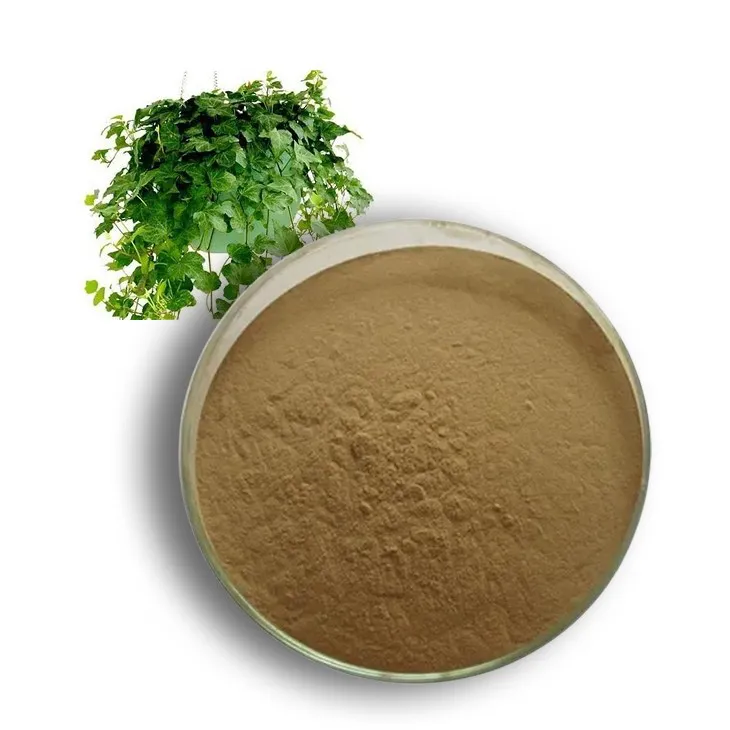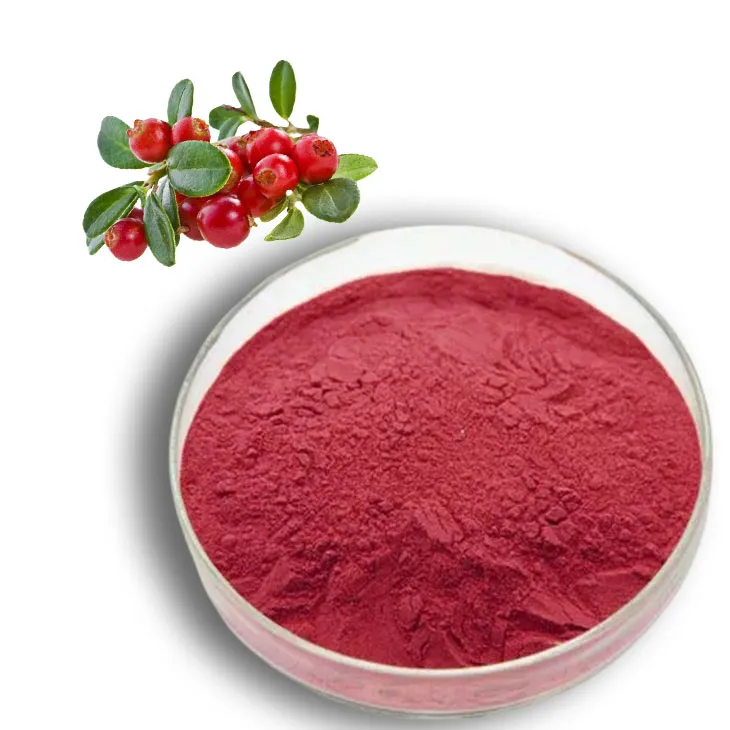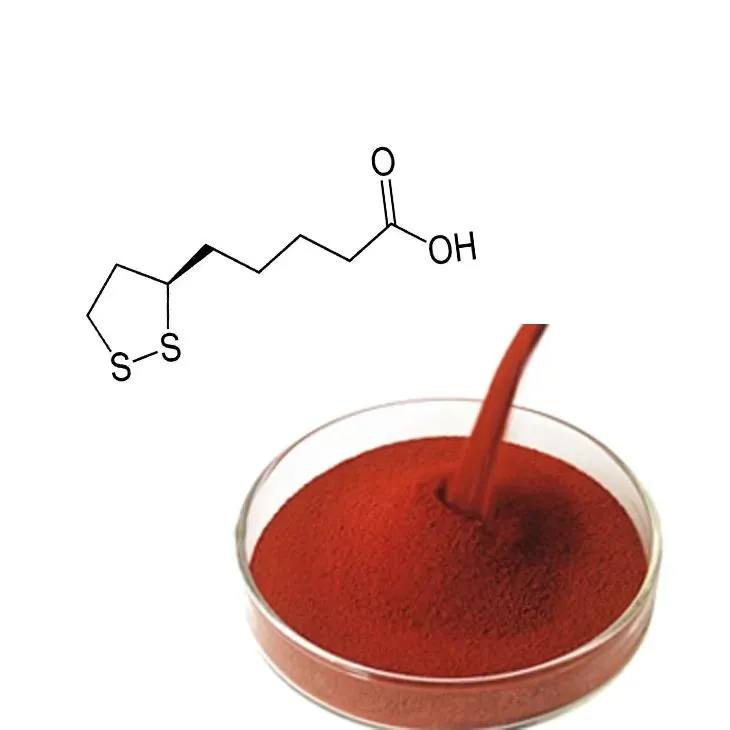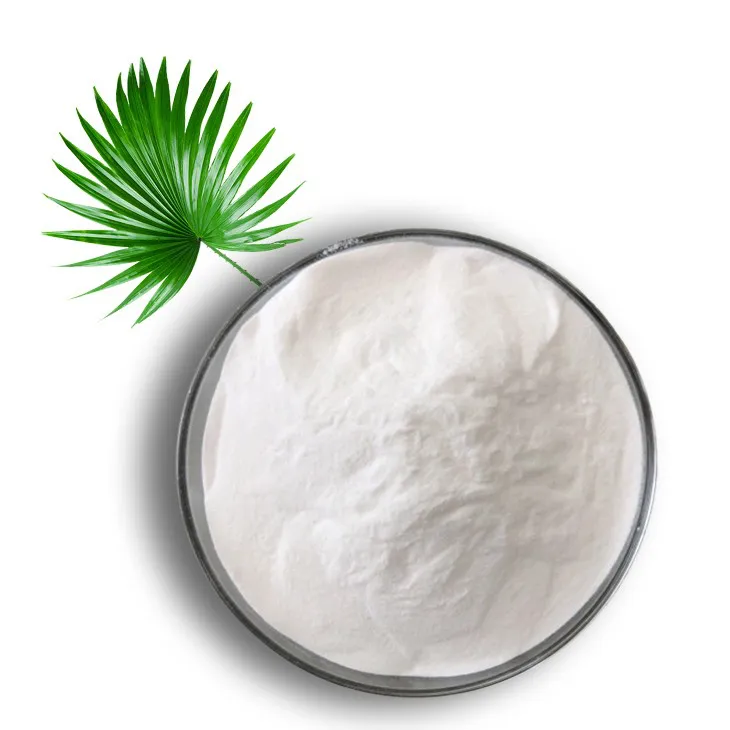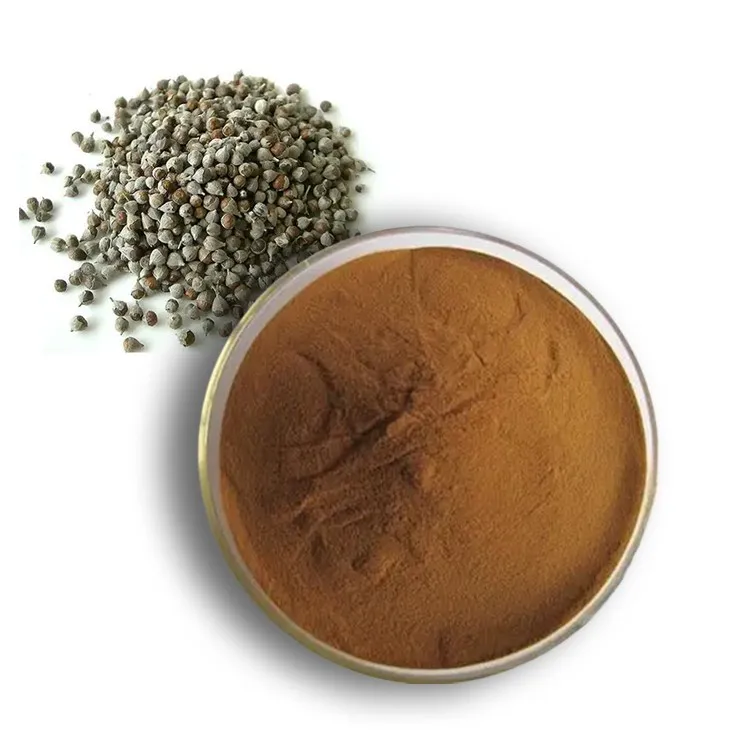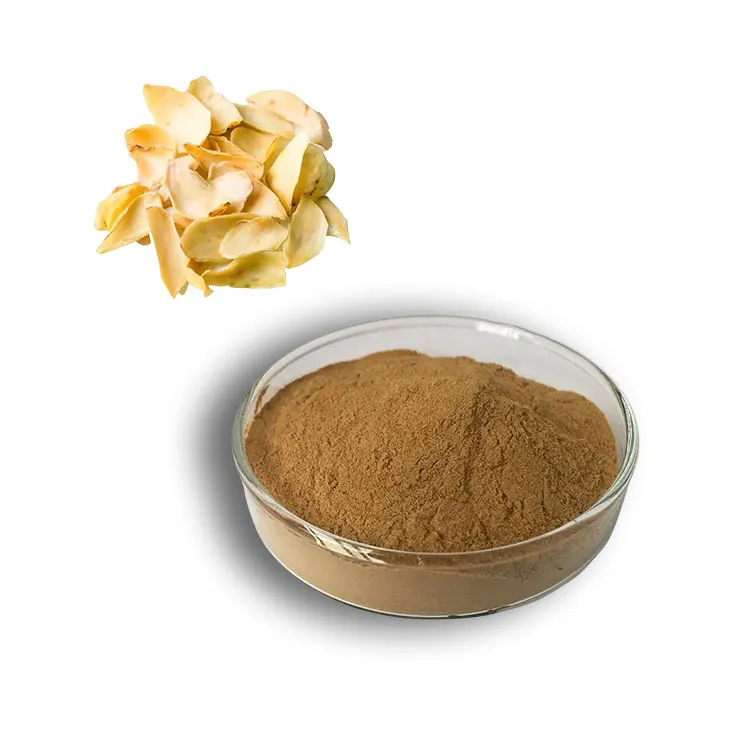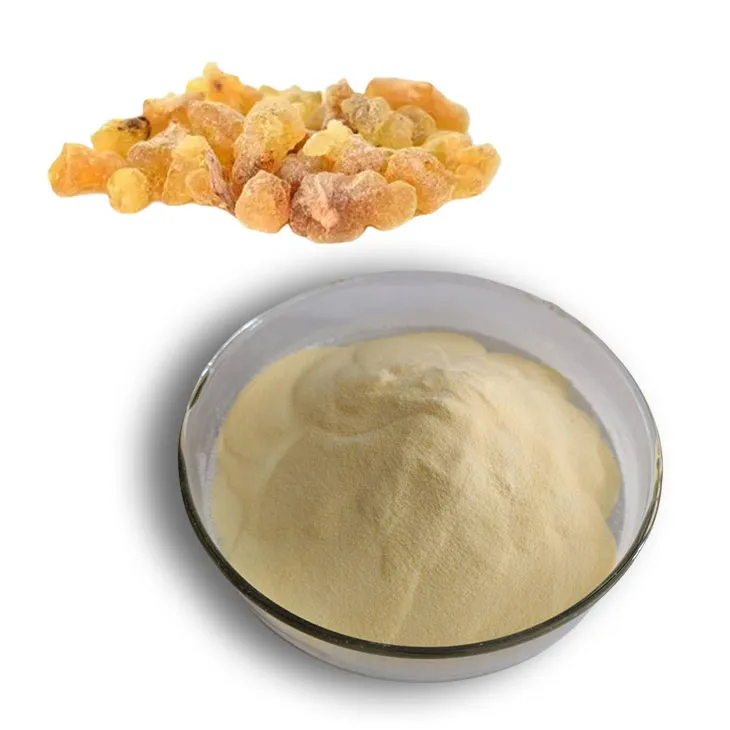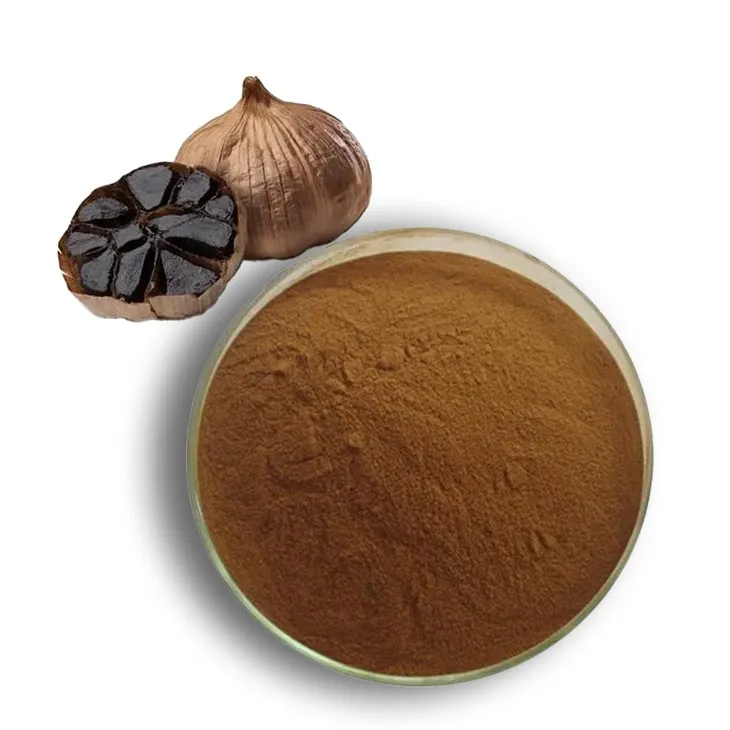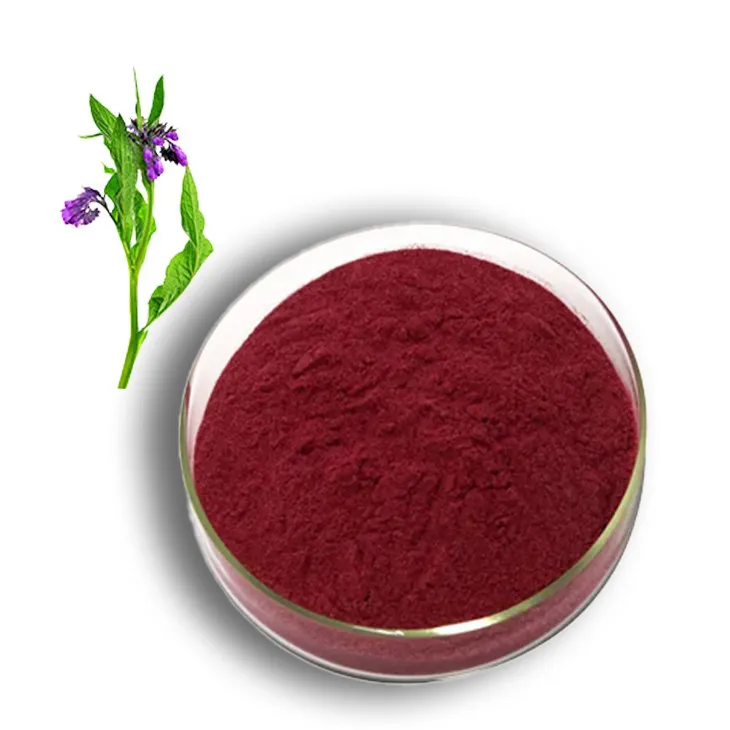- 0086-571-85302990
- sales@greenskybio.com
Are Hops High in Estrogen? A Comprehensive Review
2025-06-08
As awareness grows around the effects of hormones and plant-derived compounds on human health, there has been increased interest in phytoestrogens—naturally occurring, estrogen-like substances found in certain plants. Among these, hops (Humulus lupulus) have gained particular attention, especially due to their use in brewing beer and their historical role in herbal medicine. A recurring question, both in popular culture and scientific inquiry, is whether hops are “high in estrogen.” To answer this, it’s important to delve into the chemical composition of hops, the potency of their estrogen-like activity, the ways they interact with the human body, and what this might mean for health and nutrition.
What Are Phytoestrogens?
Phytoestrogens are plant-derived compounds that can bind to estrogen receptors in the human body and mimic or modulate the action of natural estrogen. Common sources include soybeans (isoflavones), flaxseed (lignans), and red clover. Phytoestrogens’ actions depend on their molecular structure, the dose consumed, individual physiology, and even one’s gut microbiota.
Hops as a Source of Phytoestrogens
Hops are best known as a flavor and aroma component in beer production, but they are also used in traditional herbal remedies for sleep disorders, menopausal complaints, and anxiety. One of the primary phytoestrogens in hops is 8-prenylnaringenin (8-PN), a prenylated flavonoid that has garnered scientific interest because of its exceptionally strong estrogenic activity—far greater than most other known phytoestrogens.
How High Are Estrogenic Compounds in Hops?
Chemically speaking, hops themselves do not contain the human hormone estrogen. Instead, they contain phytoestrogens, which are substances from plants that can mimic or influence hormonal activity within the body due to their structural similarity to estrogens.
8-PN is present in hops at relatively low concentrations—about 0.01% to 0.2% of the dry weight of hop cones, depending on hop variety and processing. However, this compound is notable for its potency. Various scientific studies have found that 8-PN can bind to human estrogen receptors much more strongly than other common phytoestrogens like those in soy, and in some in vitro experiments, its potency approaches that of estradiol, the primary female sex hormone.
Other estrogenically active compounds in hops include isoxanthohumol and xanthohumol, which are present in higher concentrations than 8-PN but have a weaker estrogen-mimicking effect. Interestingly, these compounds can be converted by intestinal bacteria into 8-PN, potentially increasing their physiological effects after ingestion.
Hops and Beer: Does Beer Contain High Estrogenic Activity?
Because hops are used in beer production, some people wonder if drinking beer significantly raises their estrogen exposure. In reality, only trace amounts of 8-PN and related compounds typically end up in beer, largely because most of these substances are poorly soluble in water and the concentrations are greatly diluted during the brewing process.
Estimations suggest that a standard pint of beer contains microgram or even nanogram amounts of phytoestrogens—much lower than what’s found in a typical serving of soy-based foods, for comparison. Thus, while beer does contain hop-derived phytoestrogens, it is unlikely to affect estrogenic activity in the body for most people through moderate consumption.
Therapeutic Uses and Scientific Interest
Due to its strong affinity for estrogen receptors, Hops Extract—especially standardized preparations with higher concentrations of 8-PN—have been studied for potential benefits in managing peri-menopausal and menopausal symptoms such as hot flashes, sleep disturbances, and vaginal dryness. Some small clinical trials have demonstrated mild effectiveness in relieving these symptoms, similar to other herbal remedies like black cohosh and red clover.
There is also ongoing research into how hop phytoestrogens might influence bone density, cardiovascular health, and hormone-dependent cancers. However, definitive recommendations for their clinical use await more long-term, large-scale trials.
Possible Adverse Effects and Cautions
Despite their plant origin, phytoestrogens are bioactive compounds and may not be safe for everyone. People with a history of estrogen-sensitive conditions, such as certain types of breast cancer or endometriosis, should be cautious and consult a healthcare provider before using hop supplements or extracts.
In otherwise healthy individuals, typical dietary exposures from beverages or food are considered safe. Side effects from supplemental hops are rare and usually mild, such as gastrointestinal upset or allergic reactions.
Conclusion
While hops are not a source of human estrogen, they are one of the world’s richest and most potent sources of phytoestrogens, specifically 8-prenylnaringenin. This compound has strong estrogen-like effects in laboratory studies and, when consumed in concentrated extract form, may influence hormonal activity in the body. However, the level of phytoestrogens present in most dietary exposures—such as drinking beer—is relatively low and unlikely to have significant effects on hormone balance for most people.
For individuals seeking natural relief from menopausal symptoms or exploring estrogenic herbal remedies, standardized hop supplements offer one of the most active plant-based options. However, anyone with a personal or family history of hormone-dependent conditions should use caution and seek medical advice before using hop extracts. In summary, hops are “high” in certain phytoestrogens but not in human estrogen, and the impact of this largely depends on the form, amount, and individual health context.
- ▶ Hesperidin
- ▶ Citrus Bioflavonoids
- ▶ Plant Extract
- ▶ lycopene
- ▶ Diosmin
- ▶ Grape seed extract
- ▶ Sea buckthorn Juice Powder
- ▶ Fruit Juice Powder
- ▶ Hops Extract
- ▶ Artichoke Extract
- ▶ Mushroom extract
- ▶ Astaxanthin
- ▶ Green Tea Extract
- ▶ Curcumin
- ▶ Horse Chestnut Extract
- ▶ Other Product
- ▶ Boswellia Serrata Extract
- ▶ Resveratrol
- ▶ Marigold Extract
- ▶ Grape Leaf Extract
- ▶ New Product
- ▶ Aminolevulinic acid
- ▶ Cranberry Extract
- ▶ Red Yeast Rice
- ▶ Red Wine Extract
-
Ivy Extract
2025-06-08
-
Cranberry Extract
2025-06-08
-
Astaxanthin
2025-06-08
-
Curcumin Extract
2025-06-08
-
Saw Palmetto Extract
2025-06-08
-
Chaste Berry Extract
2025-06-08
-
Lily extract
2025-06-08
-
Boswellia Serrata Extract
2025-06-08
-
Black Garlic Extract
2025-06-08
-
Shikone Extract
2025-06-08











